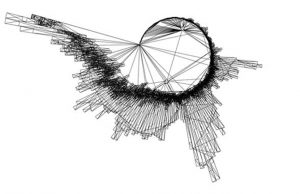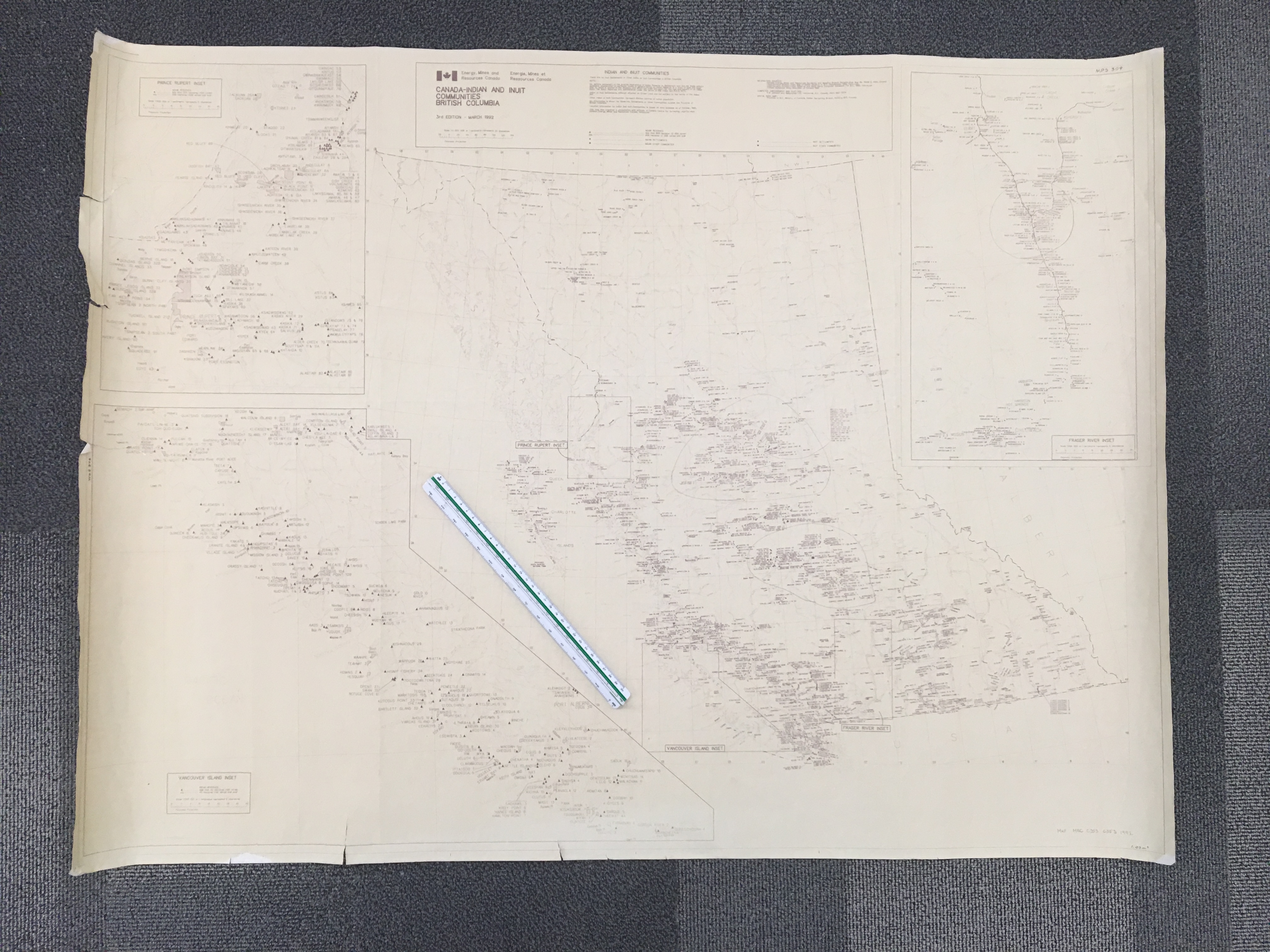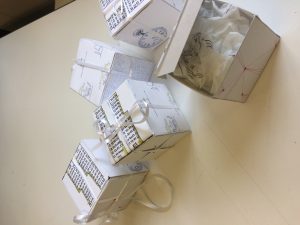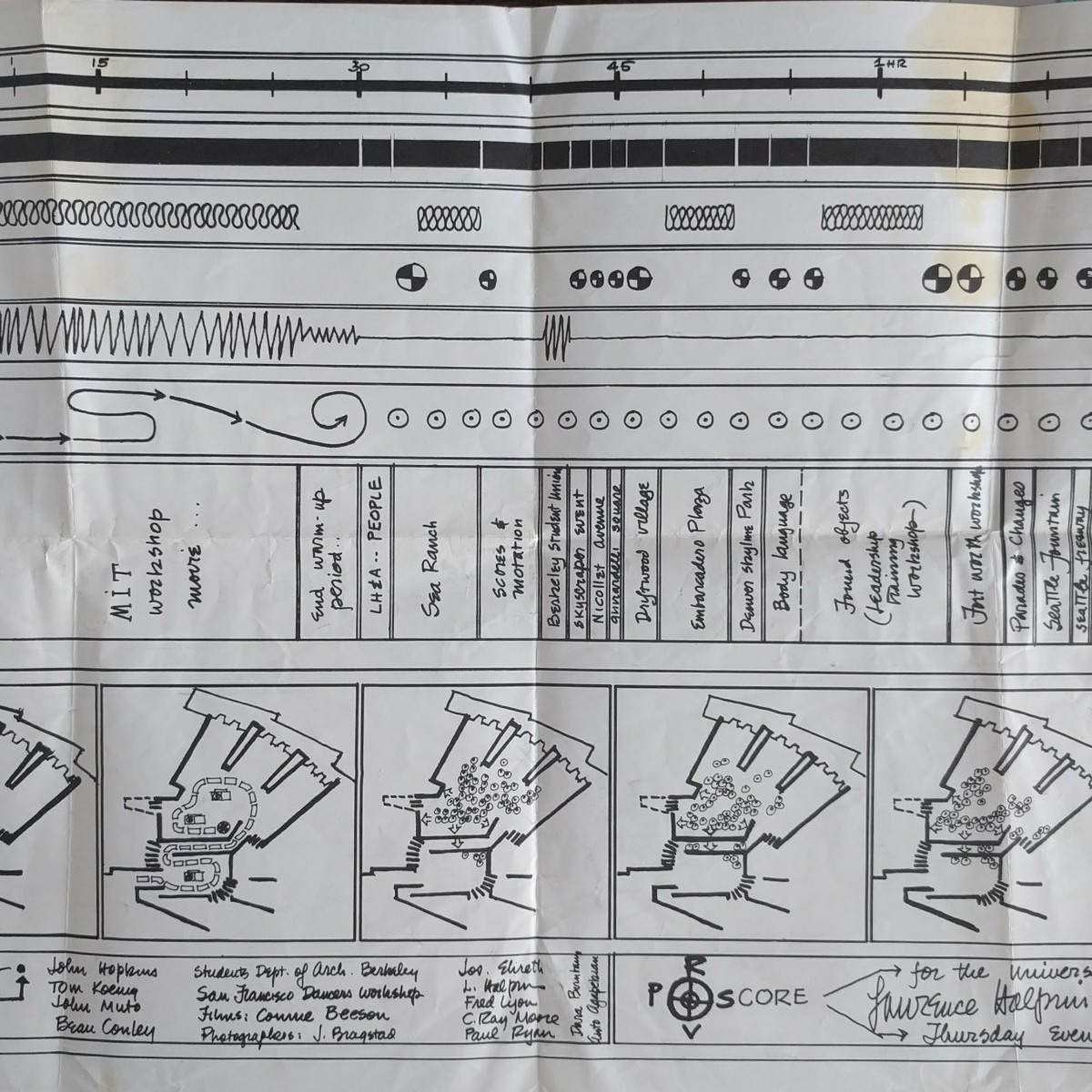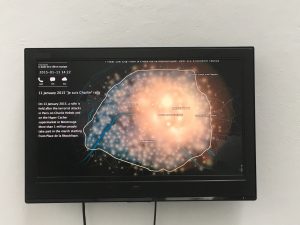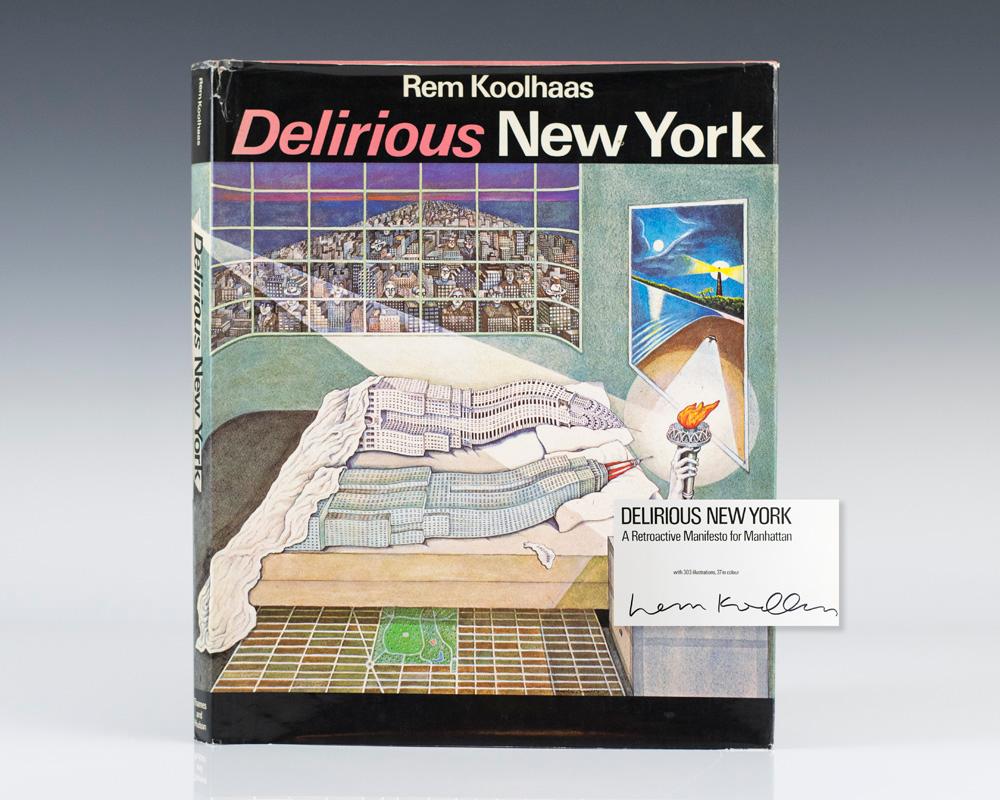
REM KOOLHAAS, Delirious New York, The Monacelli Press: 1978, 320p.
Illustration “Flagrant Delit“ by Madelon Vriesendorp
Through text and narrative first, then illustrations, Rem Koolhaas bring us, among other things, in the discovery of this vertical city where function does not follow form, where the outside contrasts with the inside. It is instead the delirious and chaotic realities of congested Manhattan that we can start to imagine and locate, as for the example of the “Downtown Athletic Club”. Here peculiar programs take place whose only relationship is the physical place; it is not surprising that the description of the floor is not linear. Images opposed and/or overlaid each others to create a rich mental map where real facts blend with speculation; there is enough space for your own interpretation.
We could perhaps also considered Delirious New York as “vertical mapping” since there is a great emphasize on the skyscrapers. However, this dimensional reality is inherently related to the existence of the grid, which works as a fixed armature and where every block transformed into an island making New York a sort of archipelago. As Koolhaas argued: “The Grid’s two dimensional discipline also creates undreamt-of freedom for three-dimensional anarchy” (p.15). (For the presentation I have added the City of the Captive Globe illustration to show the uniqueness of each block).
But Koolhaus mapping narrative goes beyond the content of the manifesto, since the structure of the book itself becomes a map. The book’s structure follows the logic of the grid where each chapter represents a different block: Coney Island, The Skyscraper, Rockefeller Centre, and The Europeans.
However, through the celebration of New York’s skyscrapers and ludique history is also the celebration of capitalism : the social, the vulnerable, often women, are forgotten. It is perhaps an apolitical manifesto.
 Follow
Follow
